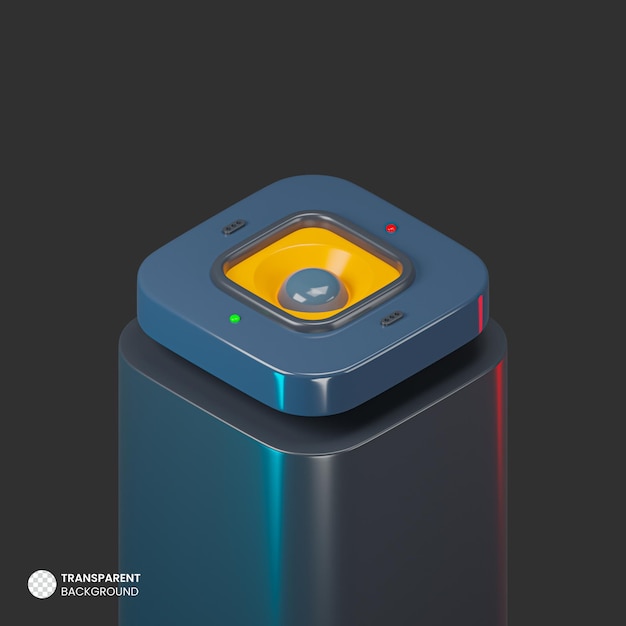Robosense Revolutionizes Lidar Technology with Unbeatable Affordability

Robosense has created an advanced lidar system known as the RS-IPLS, which combines hardware and smart software to produce safer, more affordable autonomous cars. This system processes data in real time and mimics human eye movement, keeping costs incredibly low—1/400th of traditional 64-line lidar systems.
The RS-IPLS utilizes mems solid-state lidar technology to generate high-resolution color point cloud data. It does this by integrating 2D imagery hardware with a deep learning algorithm specifically tailored for autonomous driving. This intelligent detection algorithm can adjust its focus area in real time without any delay, ensuring accurate and timely information processing.
Back in early 2017, Robosense led the way as the first company to offer lidar systems that combine laser-aerodynamic environment awareness algorithms with lidar hardware. These advancements were made available to numerous partners for various applications through the P series lidar systems.
When the RS-IPLS detects something of interest within its view, it activates a gaze mechanism that locks onto the target, providing precise environmental data. This system is always vigilant, continuously capturing and analyzing areas of interest to provide efficient and high-quality feedback.
The lidar system supplies detailed spatial data (x, y, z, r, g, b) in real time from its base layer, minimizing delays usually caused by external data fusion. AI algorithms handle the initial data processing, repeatedly scanning areas of interest to offer extended detection ranges and more precise perceptions, easing the load on the central data unit.
At its core, the system features Robosense’s solid-state lidar technology, notably the RS-Lidar-M1, which debuted at CES 2018. This technology integrates lidar with camera fusion, advanced algorithms, and gaze technology. The RS-IPLS merges these capabilities, offering a system that links sensor and sensing layers to give autonomous vehicles human-like visual abilities.
Mark Qiu, Robosense’s co-founder, explained, “Lidar technology needs to evolve. The market demands a product suitable for mass production at a low cost, yet high performance, ensuring vehicle safety. This goal drove us to develop advanced sensor systems capable of perfect environmental information extraction and wide-scale perception.”
Over the past decade, mechanical multi-line lidar has significantly improved precise 3D environmental perception, which has spurred growth in the autonomous driving industry. While lidar technology is crucial for the safety and promise of autonomous vehicles, it must also become more cost-effective, highly performant, and intelligent.
Traditional mechanical lidar is quite pricey, with 64-line models costing around $80,000—more than a new Tesla. In contrast, Robosense offers the RS-IPLS at just $200, a fraction of the cost, with performance speeds several thousand times faster.
Traditional mechanical lidar relies on multiple sets of transmitters, but Robosense’s innovative approach offers a compact, efficient, and intelligent alternative, making advanced autonomous driving technology more accessible.